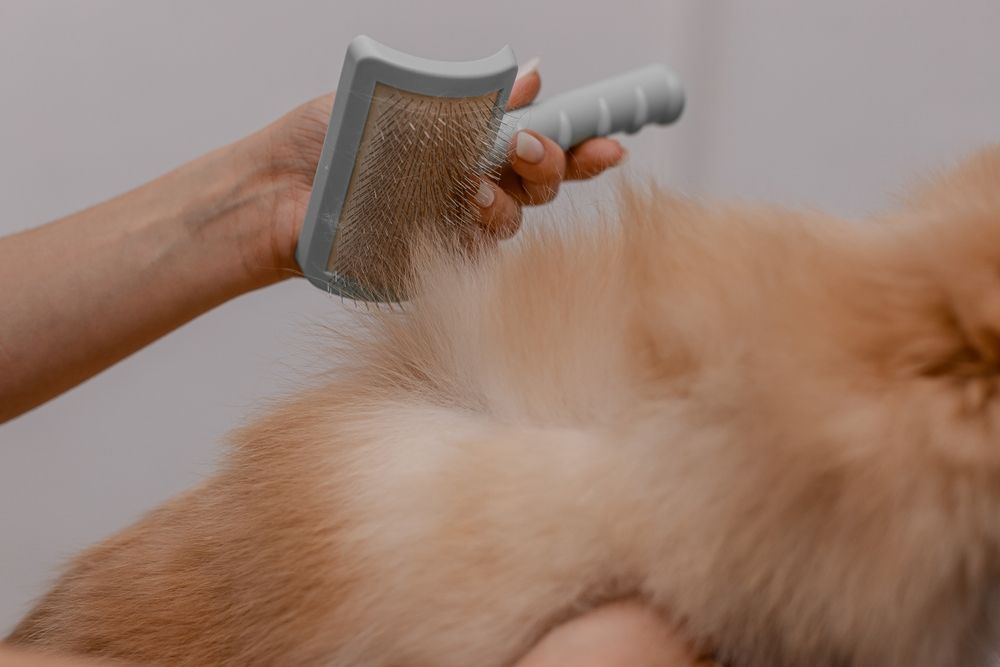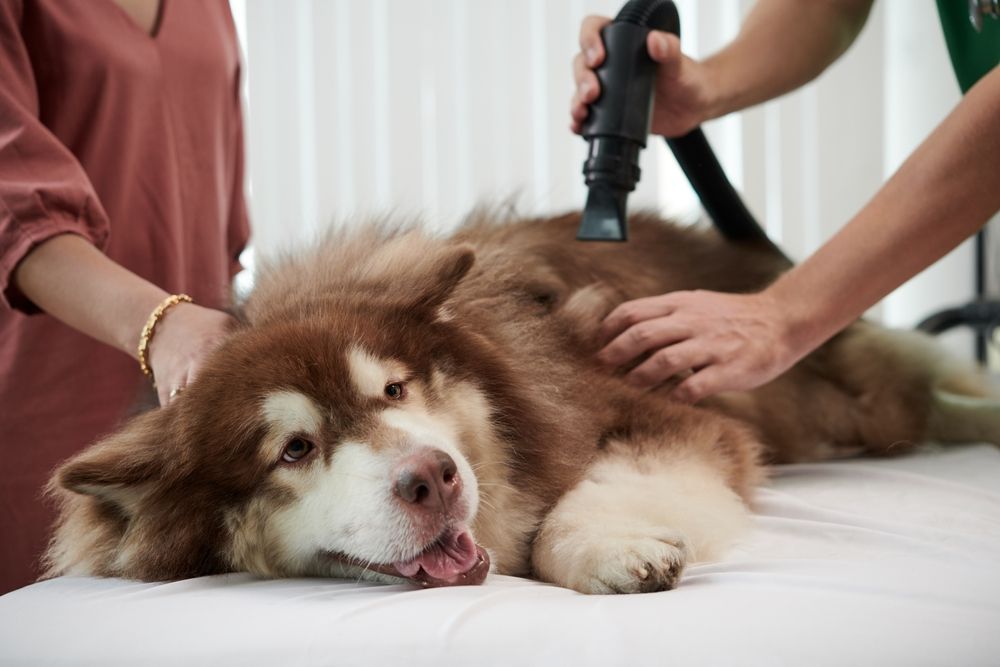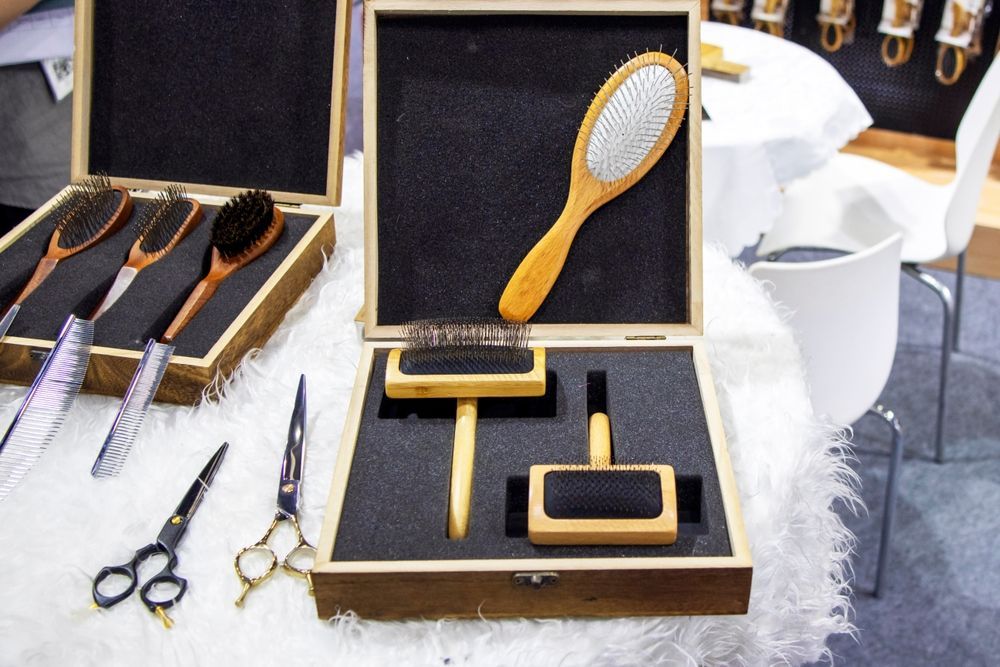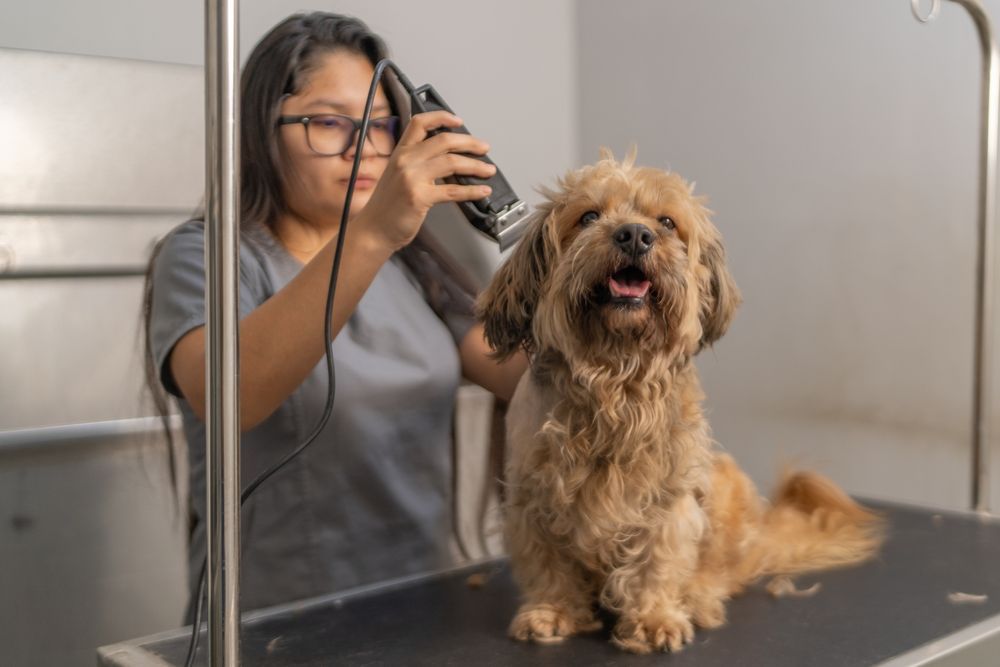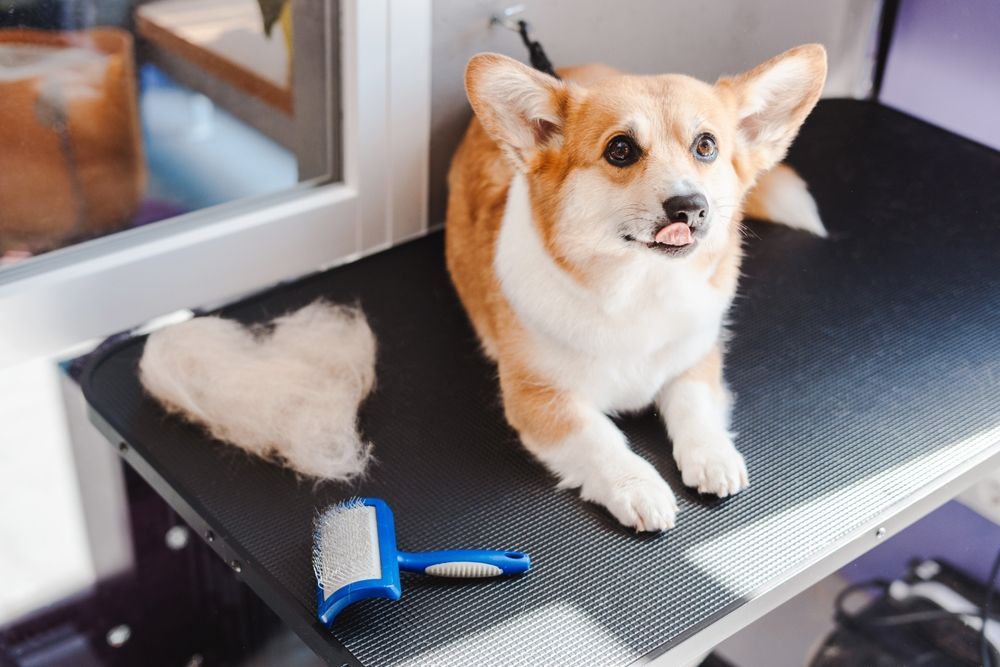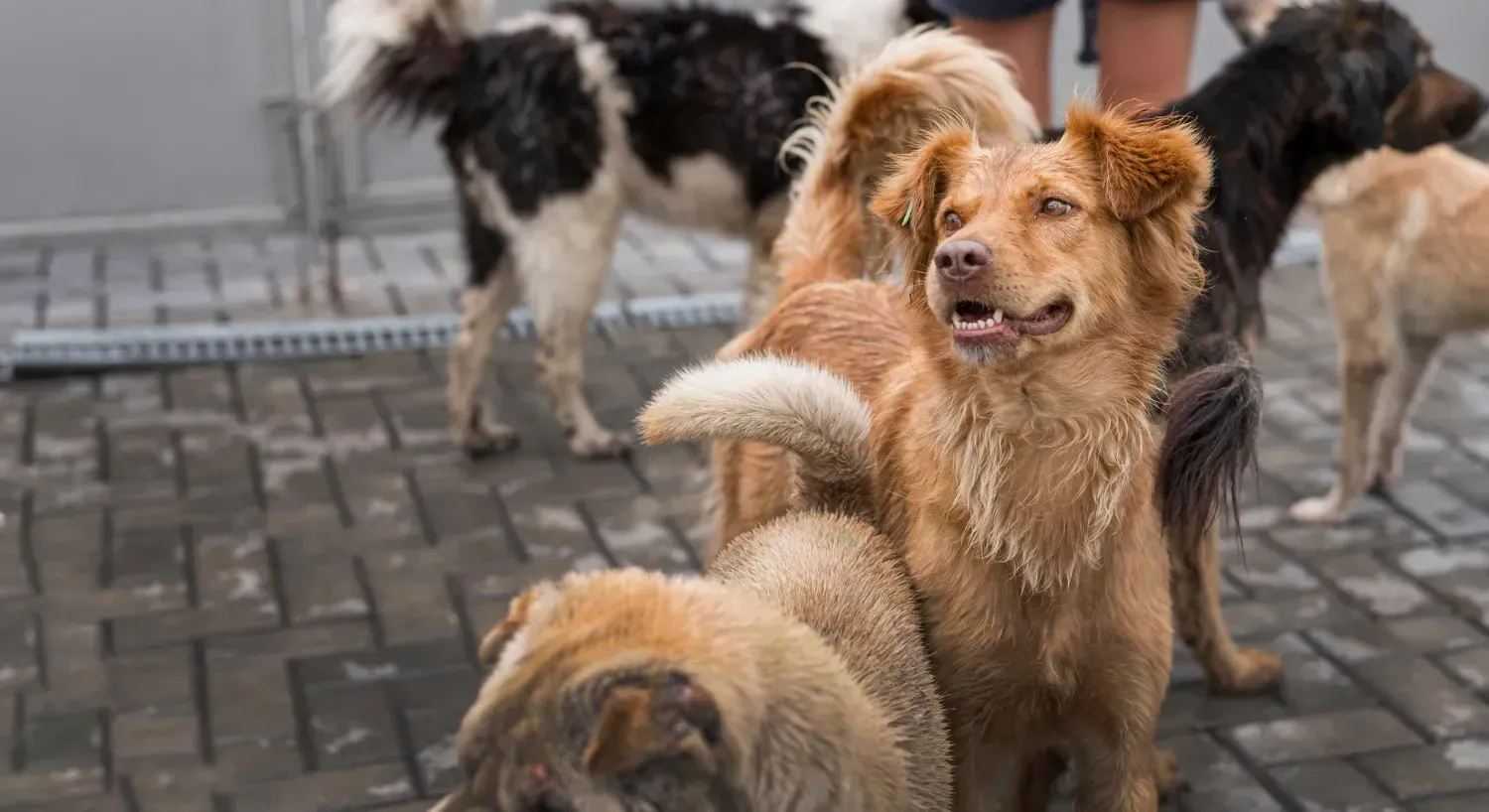When to Groom Long-Haired Cats for Healthy Coats
Long-haired cats, with their luxurious and flowing coats, are undeniably beautiful. From the majestic Maine Coon to the elegant Persian, these felines capture hearts with their stunning appearance.
However, that beautiful fur requires consistent care to stay healthy, comfortable, and free of mats. Many owners wonder how often they should groom long-haired cats to keep their coats in top condition.
Understanding the right grooming frequency is key to proper long-haired cat care. It’s not just about aesthetics; regular cat grooming prevents painful skin conditions, reduces shedding, and strengthens the bond between you and your pet.
This guide will provide a complete overview of creating an effective cat grooming schedule, adjusting it for the seasons, and knowing when to call in a professional pet groomer for help.
Why Regular Grooming for Long-Haired Cats is Essential
Unlike their short-haired counterparts, long-haired cats cannot always manage their extensive fur on their own. Their dense coats are prone to tangling, which can quickly lead to matting if not addressed.
1. Preventing Painful Matting
A mat is a dense, tangled clump of fur that forms when loose hairs become knotted with the surrounding coat. What starts as a small tangle can grow, pulling tightly on the cat’s skin. This can cause significant pain, irritation, and even skin infections. In some cases, mats become so severe that only professional mobile cat grooming can safely remove them.
2. Reducing Shedding and Hairballs
All cats shed, but long-haired breeds shed more noticeably. Brushing removes loose and dead hair directly from the coat before it has a chance to fall onto your furniture and clothes. This also reduces the amount of fur your cat ingests during self-grooming, which in turn minimizes the formation of uncomfortable hairballs.
3. Monitoring Skin and Coat Health
Grooming sessions are a perfect opportunity to check your cat’s skin for any abnormalities. While you brush, you can look for signs of fleas, ticks, lumps, bumps, or skin irritation. Catching these issues early makes treatment much easier and more effective. A healthy coat should be shiny and smooth, and regular care helps maintain this condition.
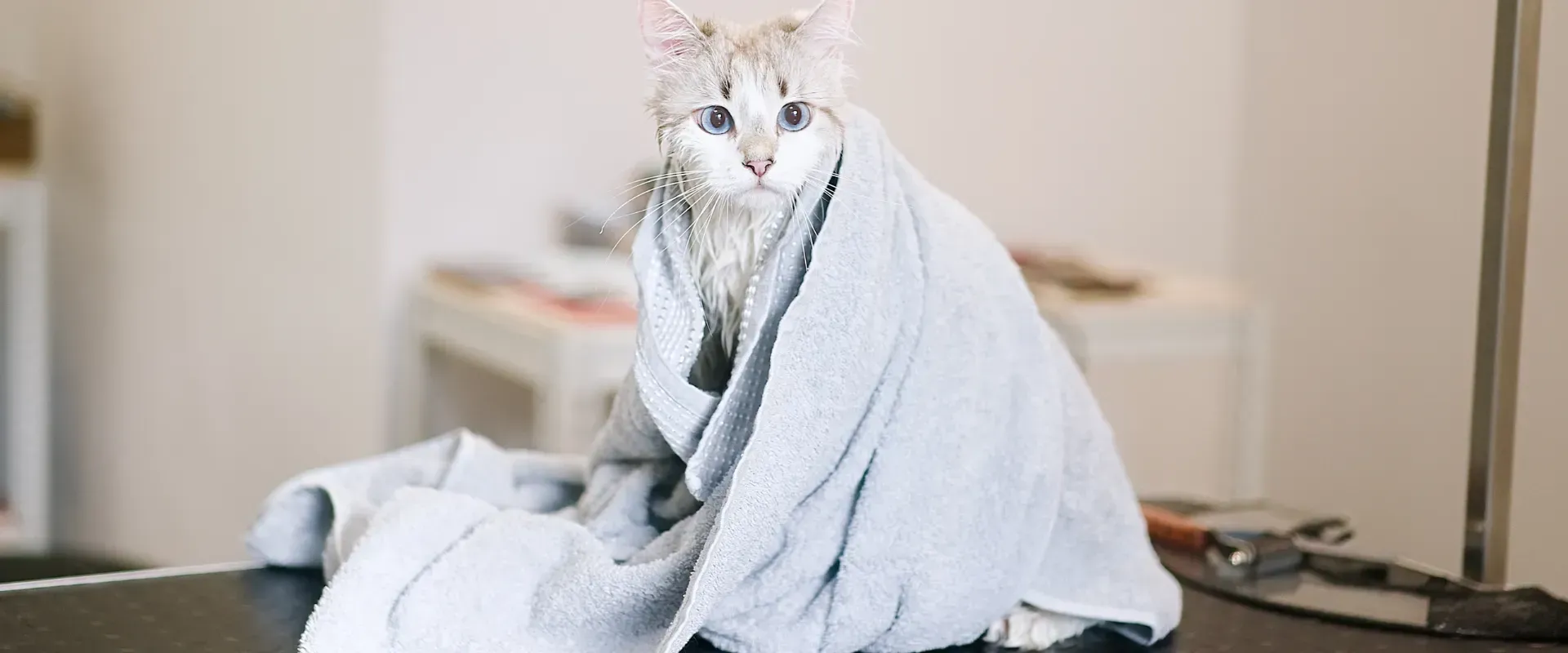
Creating a Cat Grooming Schedule
A consistent routine is the foundation of good long-haired cat care. While every cat is different, a general schedule provides a great starting point.
1. Daily Brushing: The Cornerstone of Care
For most long-haired cats, daily brushing is ideal. A few minutes each day is far more effective and less stressful than a long, difficult session once a week. Daily brushing helps you stay on top of tangles before they become problematic mats.
Recommended Tools:
- Steel Comb: A comb with both wide and fine teeth is perfect for gently working through small tangles.
- Slicker Brush: This type of brush has fine, short wires and is excellent for removing loose undercoat and preventing mats.
- Dematting Tool: For tougher knots, a dematting comb can help break them apart safely. Use it with caution to avoid cutting the skin.
2. Weekly Deeper Grooming
Once a week, set aside time for a more thorough grooming session. This is when you can address any tangles you might have missed during daily brushing and perform other essential care tasks.
- Thorough Brushing: Go over your cat’s entire coat, paying special attention to friction areas like under the legs, on the belly, and behind the ears, where mats are most likely to form.
- Nail Trimming: Check your cat's claws weekly and trim them as needed. This prevents them from becoming overgrown, which can be painful and lead to issues with walking.
- Ear and Eye Cleaning: Gently wipe your cat’s eyes and ears with a soft, damp cloth to remove any discharge. Check for signs of infection, such as redness, swelling, or a bad odor.
3. Monthly Bathing (If Necessary)
Most cats are careful self-groomers and don’t require frequent baths. However, some long-haired cats may benefit from a bath every 4-6 weeks, especially if their coat becomes greasy or they get into something messy. Always use a shampoo specifically formulated for cats, as human shampoos can dry out their skin. Bathing can also be a helpful part of a mobile cat grooming service, where professionals can handle the process in a calm environment.
Understanding Seasonal Cat Grooming Needs
A cat’s grooming needs can change with the seasons. Adjusting your routine accordingly will help keep their coat healthy year-round.
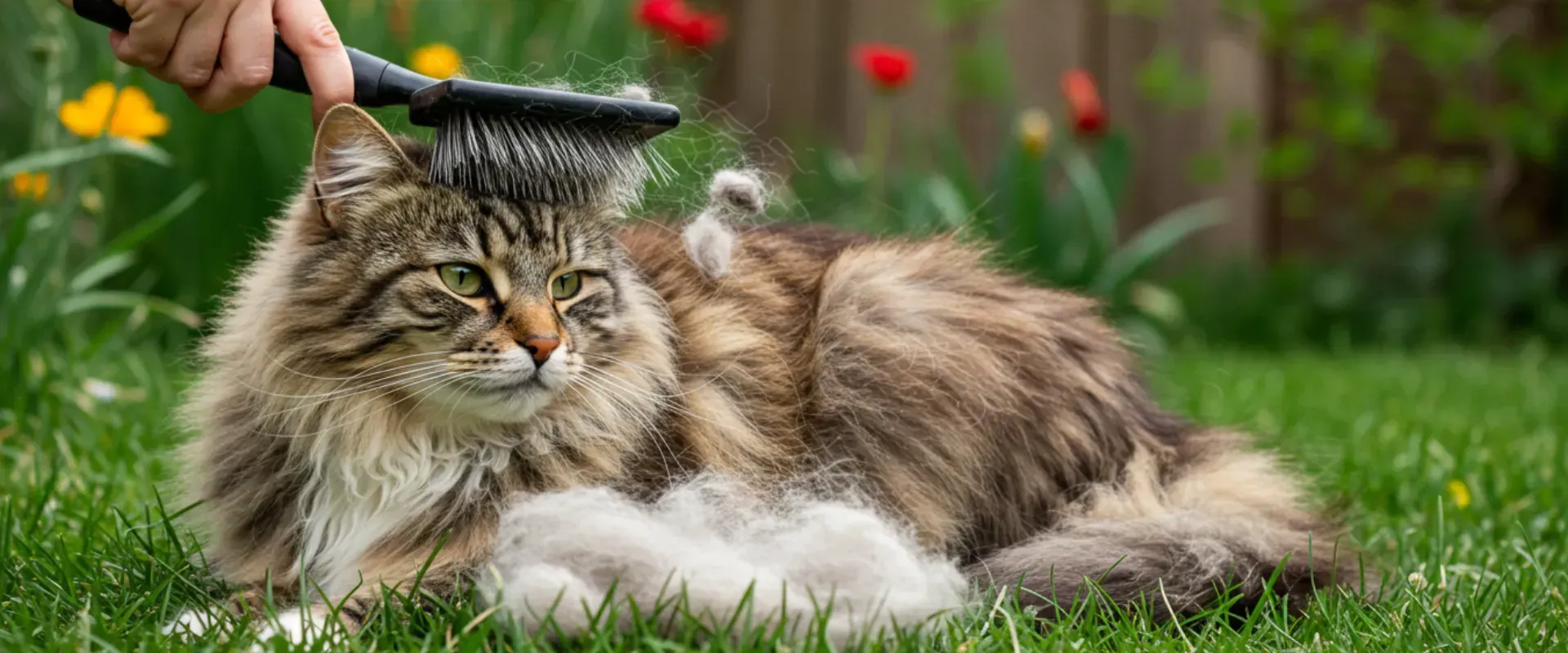
Spring: The Shedding Season
As the weather warms up, cats begin to shed their thick winter coats. This is the peak season for shedding, and you’ll likely notice more fur around your home. During spring, you may need to increase brushing frequency to twice a day to manage the shedding and prevent the loose fur from creating mats. This is a critical time for seasonal cat grooming.
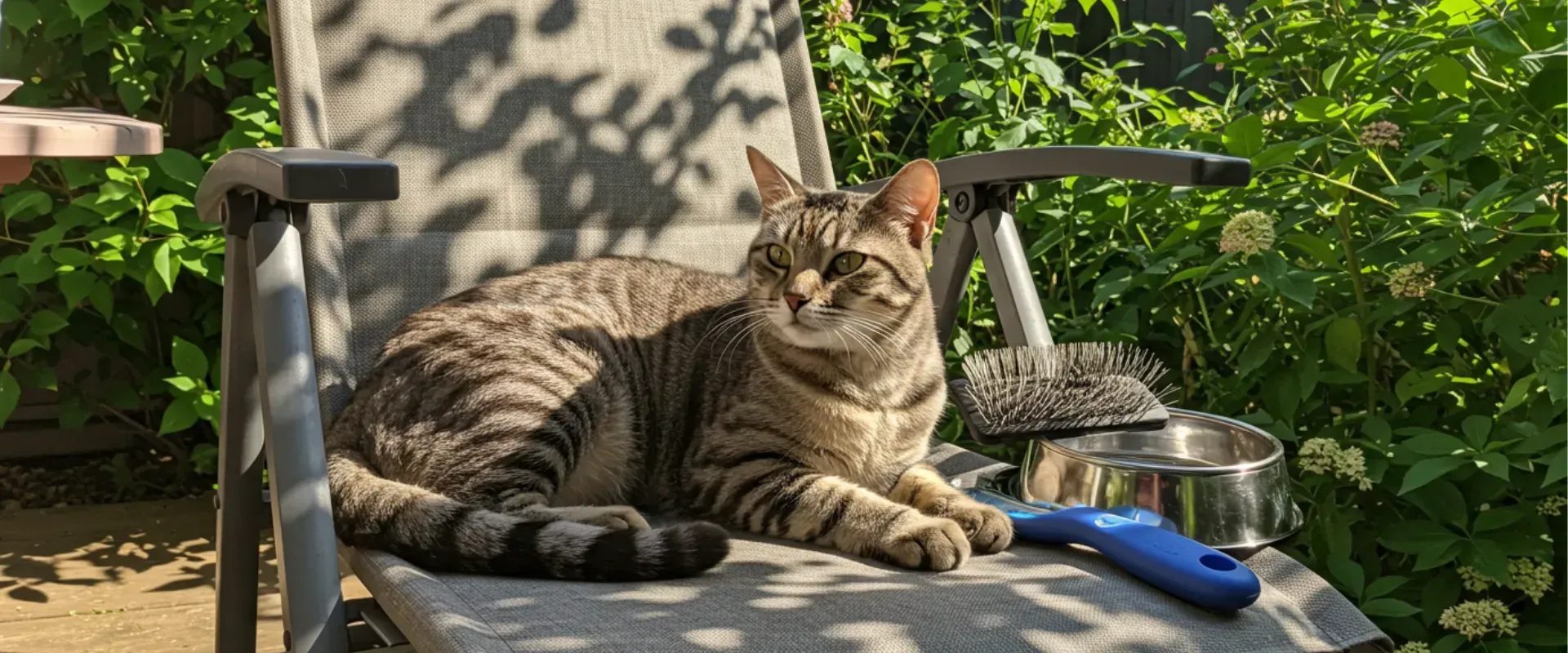
Summer: Keeping Cool and Comfortable
In the summer, the main goal is to keep your cat comfortable in the heat. A well-groomed coat, free of mats, allows for better air circulation against the skin. Some owners consider a "lion cut" or other shorter hairstyle for their long-haired cats during summer. While this can help them stay cool, it also removes their natural protection from the sun. If you go for a trim, ensure your cat has plenty of shade when outdoors.
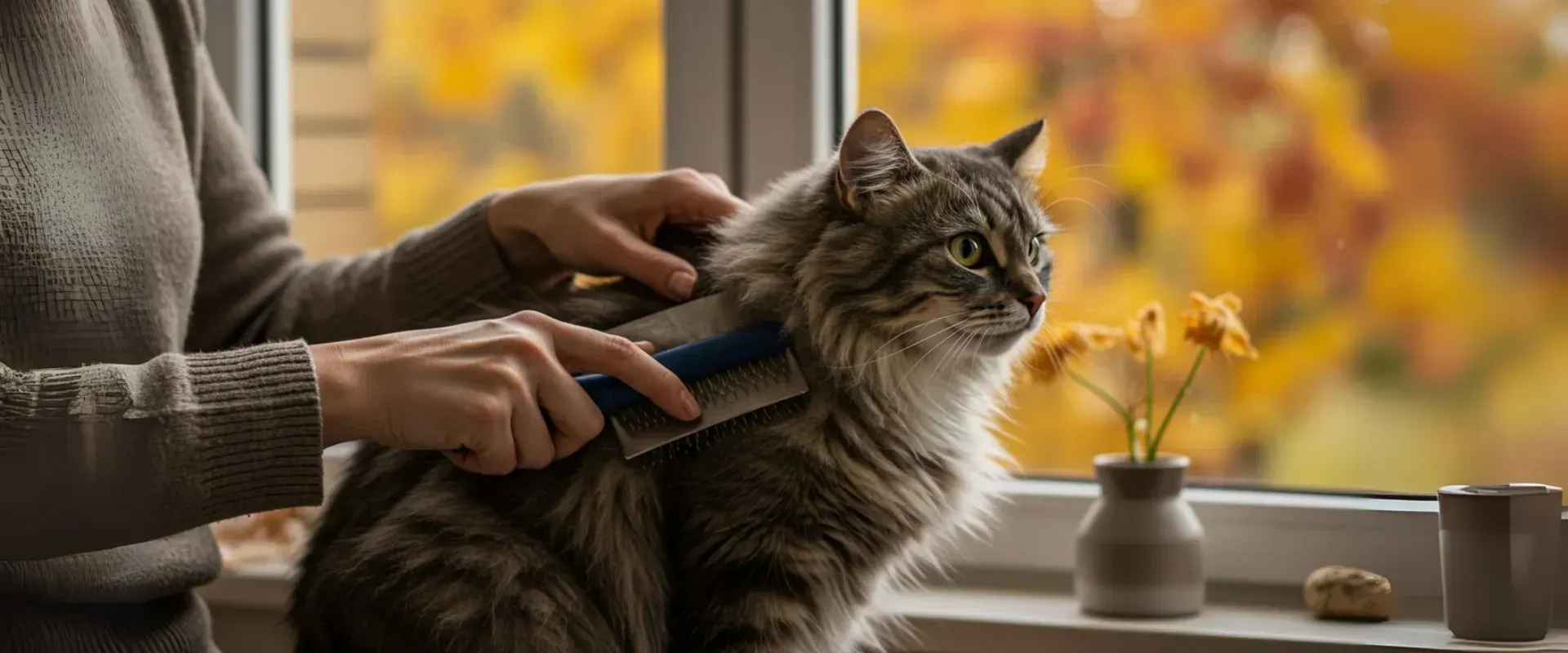
Autumn: Preparing for Winter
As temperatures drop, your cat will start to grow a denser undercoat to prepare for winter. Shedding may decrease compared to spring, but regular brushing remains important. This is a good time to ensure their coat is completely free of tangles before the thick winter fur grows in, which can make matting worse.
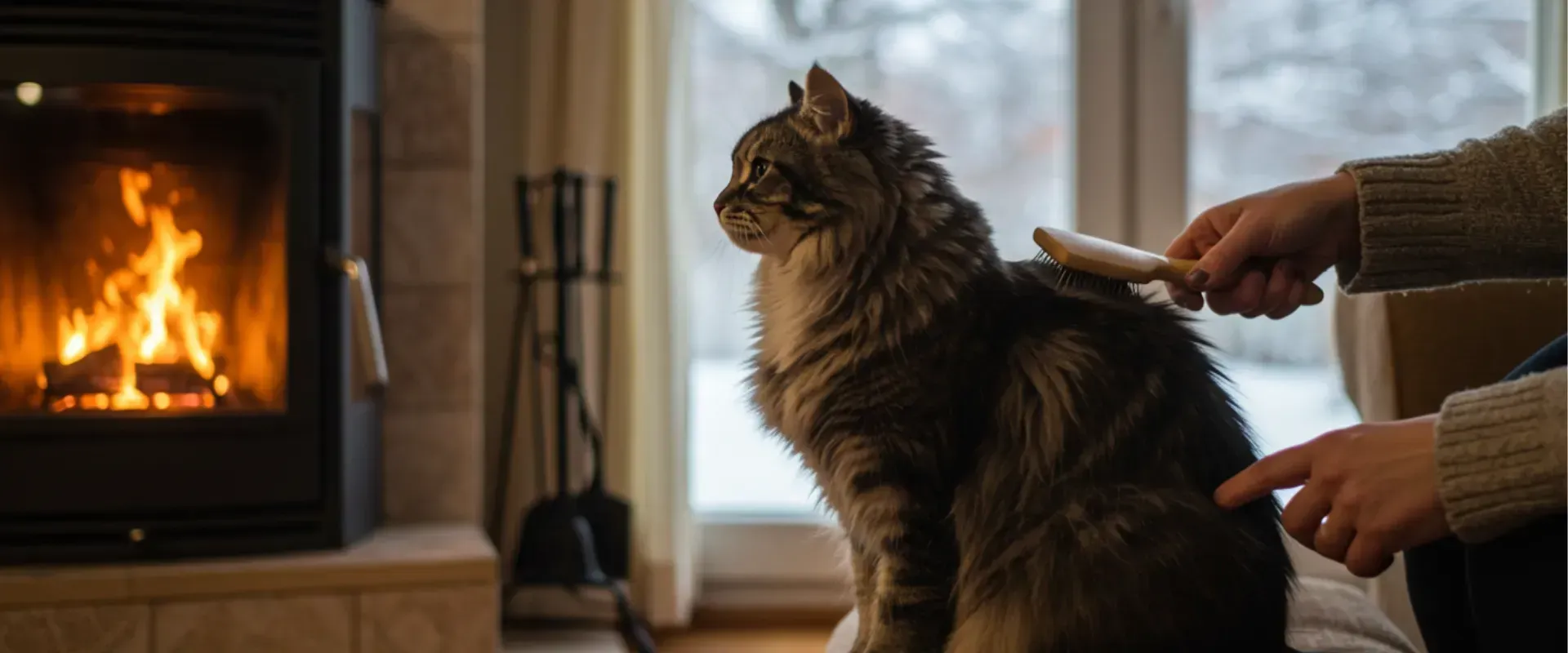
Winter: Maintaining a Healthy Coat
During winter, indoor heating can dry out your cat’s skin and coat. Maintaining a consistent cat grooming schedule helps distribute natural oils throughout the fur, keeping it moisturized. Make sure their coat is free of any snow or ice after they've been outside, as this moisture can contribute to matting when it dries.
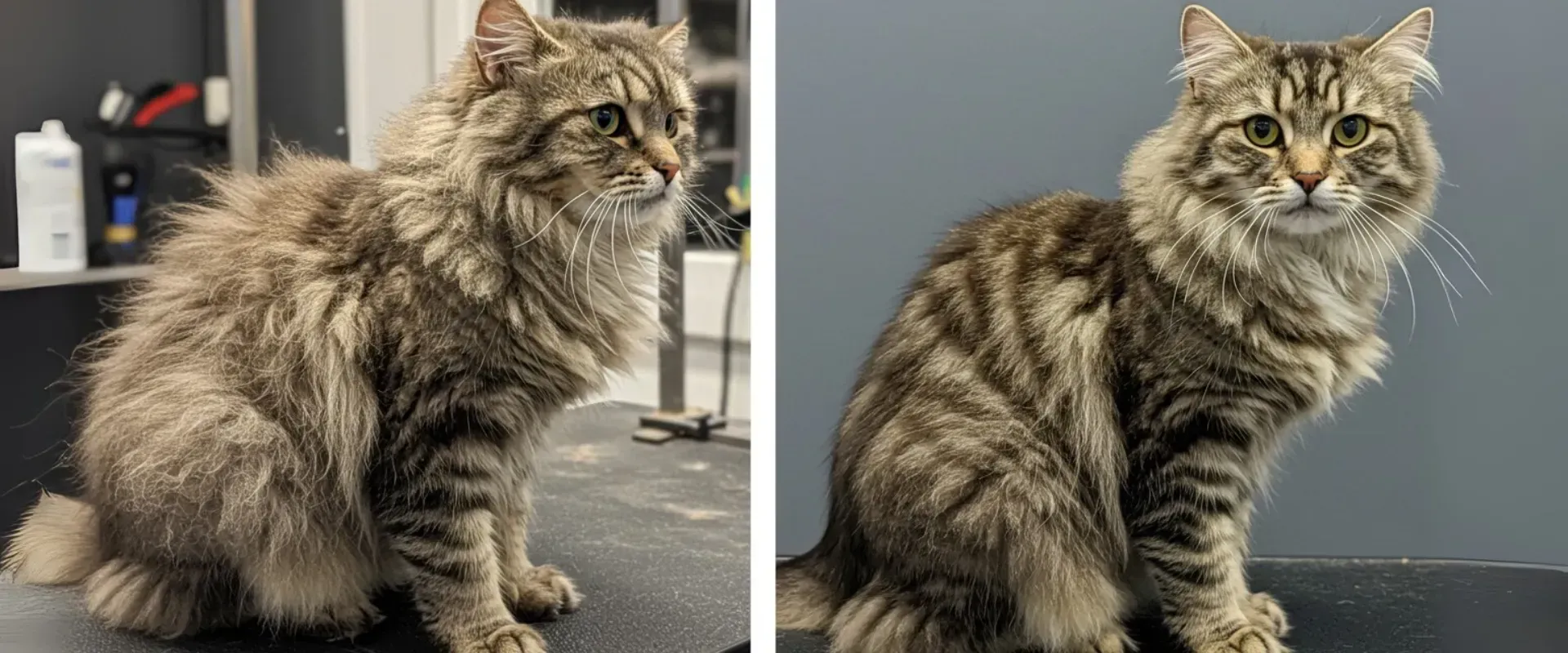
When to Call a Professional
While regular home care is crucial, there are times when professional help is needed. Professional mobile pet groomers have the tools, training, and experience to handle more challenging grooming tasks safely.
- Severe Matting: If your cat has extensive or very tight mats, attempting to remove them at home can be painful and dangerous. A professional groomer can shave or clip out the mats without harming the skin.
- Behavioral Challenges: Some cats simply do not tolerate grooming. If brushing sessions are a constant battle, a professional may be able to handle your cat more effectively and with less stress for everyone involved.
- Specialized Haircuts: If you want a specific style like a lion cut, it’s best to leave it to a professional to ensure it’s done safely and correctly.
- Full-Service Care: Professional mobile grooming services often include bathing, nail trimming, and ear cleaning, providing complete care at your doorstep.
Maintaining the coat of a long-haired cat is a commitment, but it’s a rewarding part of responsible pet ownership. A consistent cat grooming schedule is the best way to keep your feline friend happy, healthy, and looking beautiful.
Finding a service that prioritizes a calm and compassionate experience is key. Give your best friend a stress-free grooming experience designed for comfort and care.
Frequently Asked Questions
How often should I groom my long-haired cat?
Long-haired cats need daily brushing to prevent mats and tangles. Professional grooming should occur every 4-6 weeks, with seasonal adjustments based on your cat's shedding patterns and coat condition.
What's the best brush for long-haired cats?
A combination approach works best: start with a wide-tooth comb for detangling, follow with a slicker brush for general maintenance, and use a de-shedding tool weekly to manage undercoat shedding.
When should I start a grooming routine for my long-haired kitten?
Begin gentle grooming sessions as early as 8-12 weeks old to help your kitten become comfortable with handling. Start with short, positive sessions and gradually increase duration as they adjust.
Can I bathe my long-haired cat at home?
Yes, but it requires patience and proper technique. Ensure you thoroughly brush out all mats before bathing, as wet mats become tighter and more difficult to remove. Many owners prefer professional bathing services for best results.
How do I prevent my long-haired cat from developing mats?
Daily brushing is the most effective prevention method. Focus on high-mat areas like behind ears, under arms, and around the collar. Address small tangles immediately before they develop into larger mats.


